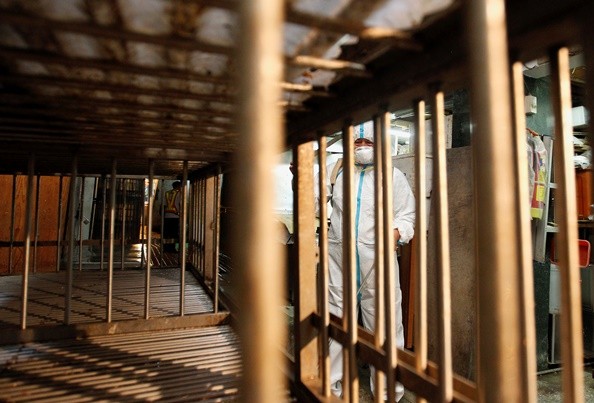Signs of the avian influenza virus have been emerging in north Taiwan coming from the southern part, when eleven more farms breeding ducks and geese in northern Taiwan have been infected with the said virus, confirmed the agriculture authorities.
Current statistics show that almost 20 poultry farms have been afflicted by the virus.
According to the Bureau of Animal and Plant Health Inspection and Quarantine under the Council of Agriculture (COA), 14 farms have been affected by a new type of the H5N2 virus, while six others have been suffering from the H5N8 virus.
The bureau declared that, aside from the two detected in Taoyuan, several farms have been added to the list in Southern Taiwan: one in Changhua County, five in Yunlin County, one in Chiayi County, one in Kaohsiung City and one in Pingtung County.
Based on the data gathered by the bureau, outbreaks have been afflicting around 254,418 or 1.89 percent of the geese and ducks bred in Taiwan.
Jan. 9 marked the first bird flu outbreak when a chicken farm in Pingtung County was diagnosed with the H5N2 virus.
If Tainan farm was not infected by any of the new H5N2 or H5N8 virus strain, which so far has not been detected in Taiwan before the first bird flu outbreaks, it will be the first chicken farm affected by these viruses and would call the attention of the industry.
Taiwan's 4,000 to 5,000 chicken farms form the backbone of the country's poultry industry, based on COA's figures.
In order to stop the virus from affecting more areas, Agriculture Minister Chen Bao-ji said that beginning Tuesday, culling of farms will be implemented to those who are infected with the H5 strain of the bird flu virus, which has a death rate of 20 percent or more within a span of two days.
The possibility of extending a ban on killing geese and ducks in a wider scale of slaughterhouses has been looked upon by COA, he concluded.




























